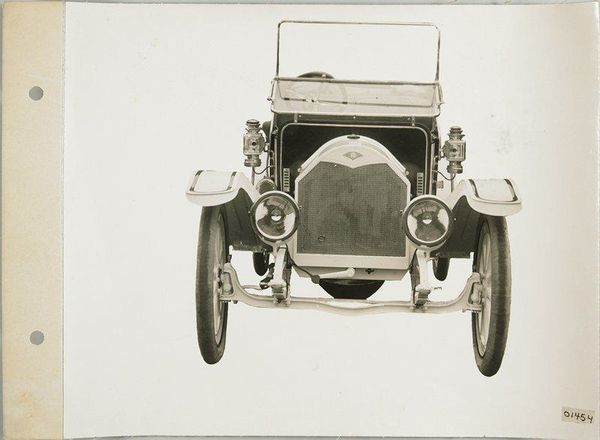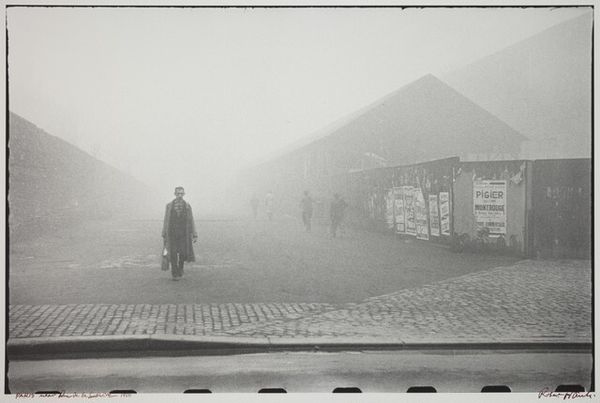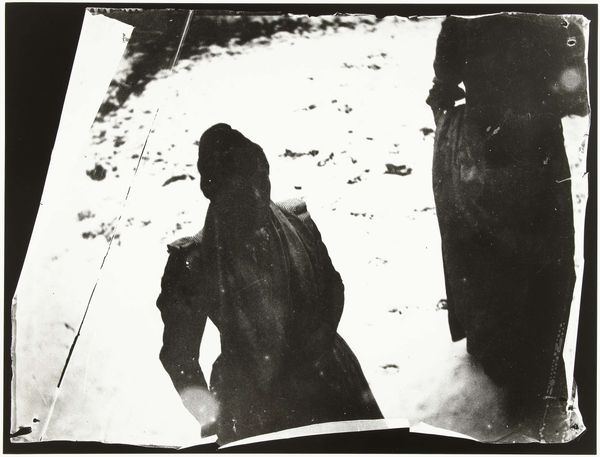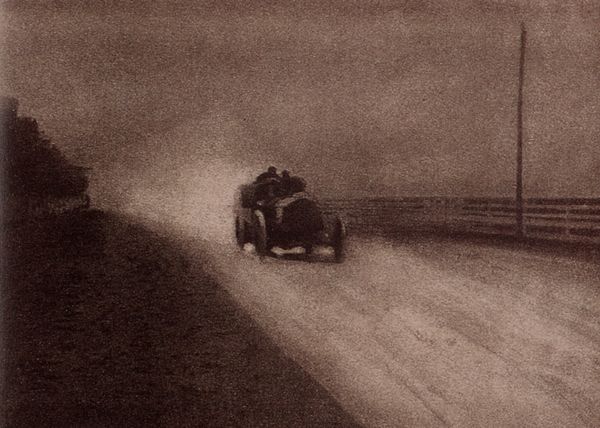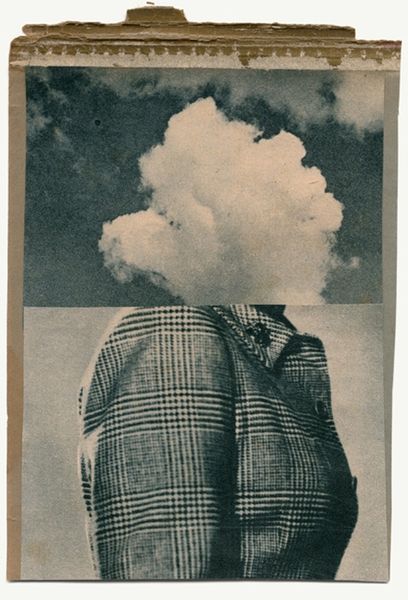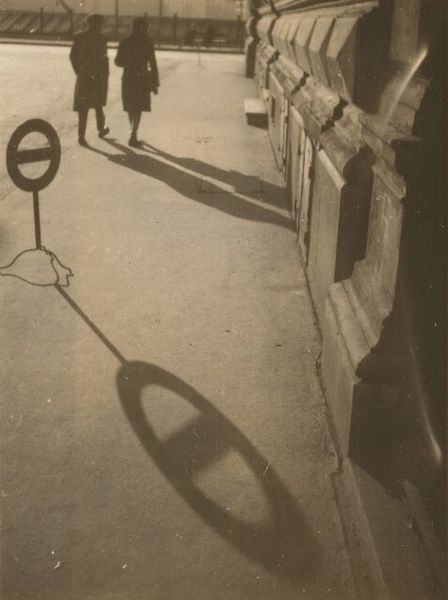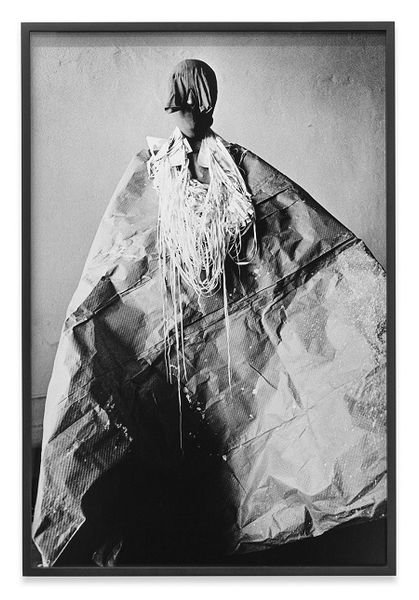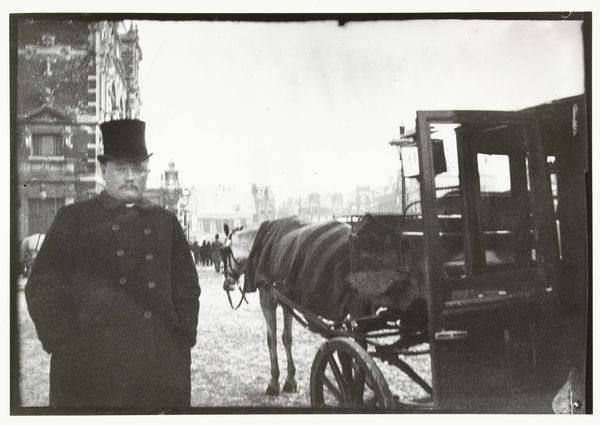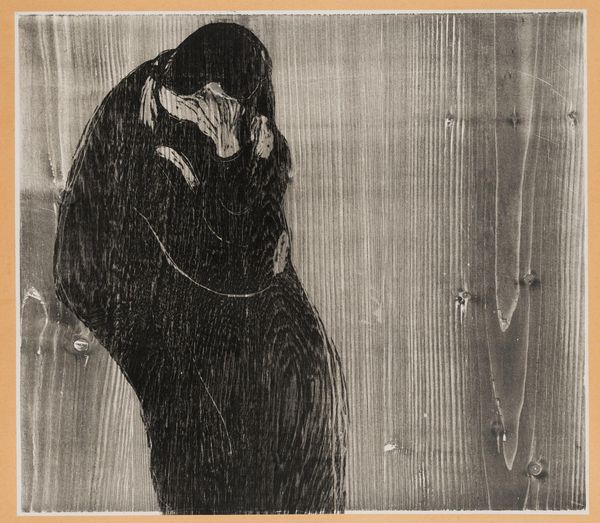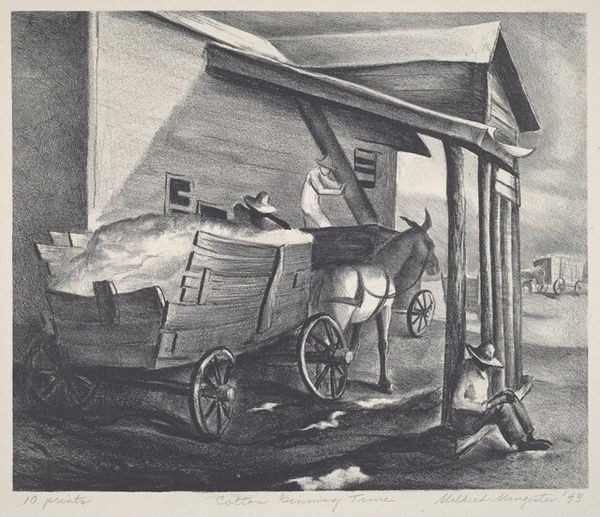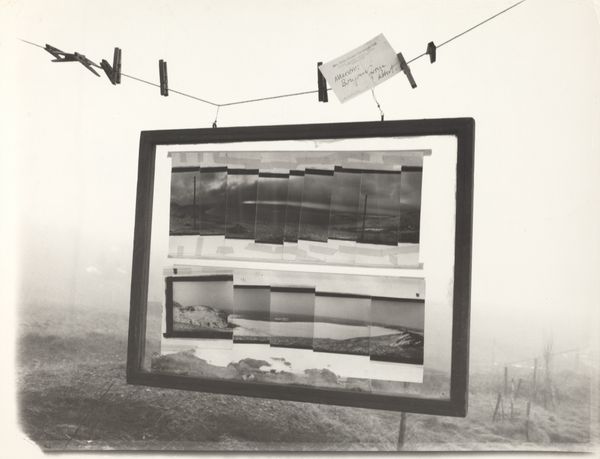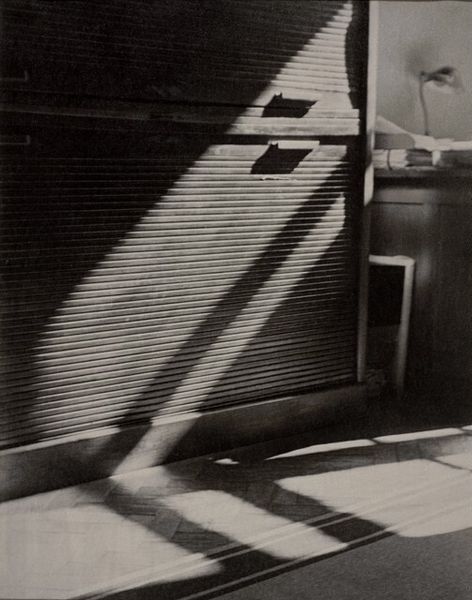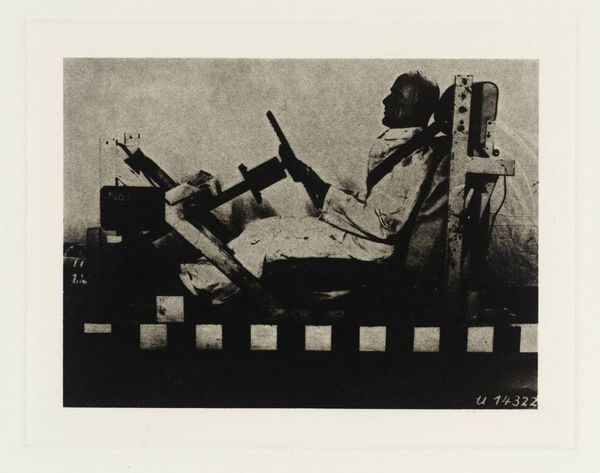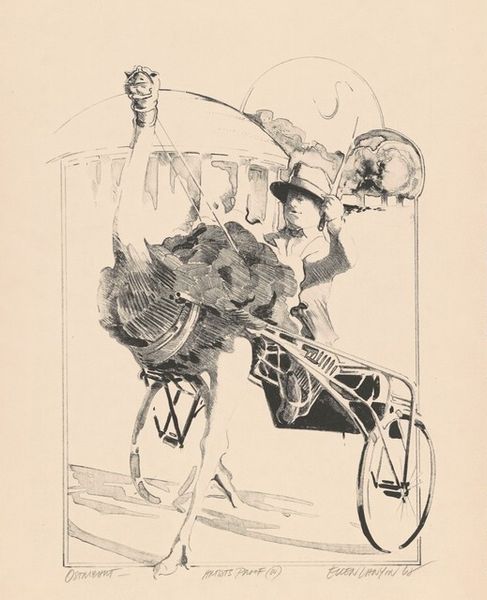
Cementmolen in een winterlandschap bij de Overtoom in Amsterdam c. 1890 - 1910
0:00
0:00
Dimensions: height 505 mm, width 402 mm, height 400 mm, width 272 mm
Copyright: Rijks Museum: Open Domain
Editor: Breitner's gelatin-silver print, "Cementmolen in een winterlandschap bij de Overtoom in Amsterdam," made somewhere around 1890 and 1910, depicts a draped cement mixer in a stark winter scene. I’m struck by the stark contrast and how the draped object almost looks like a ghostly figure. What jumps out at you? Curator: The process itself is fascinating. Breitner, known for his paintings, embraced photography, using a gelatin-silver print - a mass-produced, readily available material - to capture an industrial object. Consider how that choice blurs the lines between artistic practice and documenting the rapidly changing urban landscape. It asks us: Where does art begin when the means are so accessible? Editor: I hadn’t thought about it like that. The fact that it's photography of something mass-produced already feels like a statement. Do you think he’s commenting on industrialization? Curator: Perhaps. Look at the draped cement mixer itself. Why conceal it? Is it to soften the harshness of industry, to lend it a spectral presence, or is the very act of veiling it an indication of labor that’s somehow hidden? We need to consider who’s working the machine and in what conditions, which aren’t visible. How does that draping create another layer of analysis when discussing this object? Editor: So the covering isn’t just an aesthetic choice, but potentially highlighting labor exploitation or other social issues related to its manufacturing. Curator: Precisely. The availability of gelatin-silver prints, coupled with the shrouded machine, provokes an inquiry into labor and its accessibility for commentary and artistic endeavors. Editor: That's given me a completely different way of seeing this piece. Curator: Me too, this lens forces you to delve into a much more nuanced reading.
Comments
No comments
Be the first to comment and join the conversation on the ultimate creative platform.
